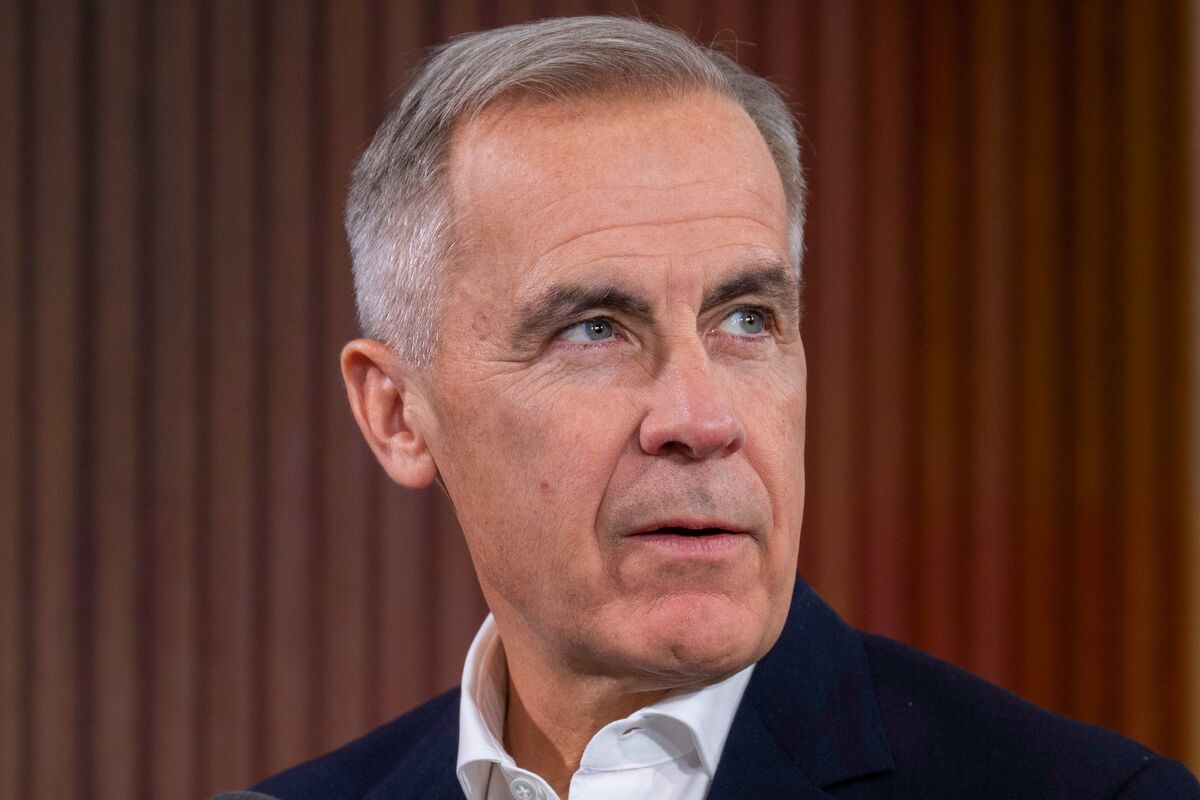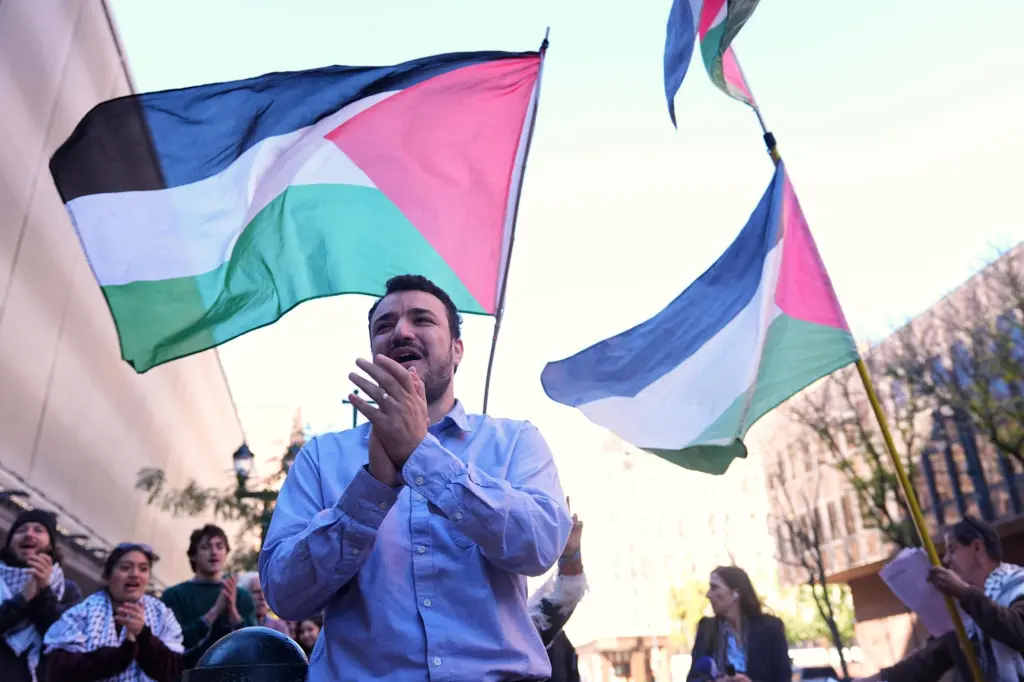Copyright stabroeknews

Dear Editor, Joel Bhagwandin has produced a masterpiece in PR-spinning and deception to confuse the Guyanese people about what Exxon is really doing to the Guyanese nation. This oil-drilling business is about extracting the oil from under the seabed. When the reserves are depleted, it is done. Exxon will pack up and leave. So, shouldn’t the Guyanese nation pay attention to so-called “profits”? Profits in this PSA (Production Sharing Agreement), are not profits as determined in micro-economic theory (Supply and Demand, break-even cost, equilibrium). Profits in this PSA are all fixed (I will say fixed arbitrarily by Exxon and written into the PSA). Profits are 12.5 barrels out of every 100 barrels drilled from the seabed. Guyana gets an additional 2/100 as royalty. Guyana’s total take is 14.5/100 barrels. 14.5/100 barrels. Isn’t this the most important metric the Guyanese nation must pay attention to? Guyanese nation must be laser-focused on reported profits – 12.5/100 barrels. What else is there to focus on? We have been told that as Capex (initial Capital Outlays – approx. $9 billion) is paid down, Guyanese “profit-share” will rise. After 5-years of operation, we know Guyana’s profit-share is not rising, it is still stuck at 14.5/100 barrels. Mr. Bhagwandin wants the Guyanese nation to focus on broader investment and capital structure. After 5-years of operation, we now surely know what “broader investment and capital structure” is. Broader Investment and Capital Structure: Most of CR money (billions of dollars) is pumped back into the business. CR money endlessly recycled, each time it is recorded as fresh Capex. This is a case of Retained Earnings being turned on its head. It is a scam deeply embedded in the PSA. Why is it a scam? Expanding business with RE is for the benefit of shareholders. And, GoG is not a shareholder in the business. I challenge Mr. Bhagwandin to prove to me this is not a scam. This scam enables Exxon to cheat this nation of at least $100 billion in Fair Value for our 11-billion barrel oil resource. Exxon and partners have long recovered their initial capital outlays – and there is an outstanding Capex of $53 billion, so what is going on here? Can Mr. Bhagwandin explain the term “broader investment and Capital structure”, given the fact that initial outlays have long been recovered and now there is an outstanding Capex of $53 billion? (1) Capital outlays of $9 billion have long been recovered. So, the business is run on so-called FM, Free Money. A term coined by Darsh Khusial. (Oggn.org). Unfortunately, Mr. Bhagwandin does not understand – or would deny this basic fact. (2) Guyana’s profit-share remains fixed at 14.5/100 barrels. Meanwhile there is ramp-up going on from about 400,000 bpd to soon 1.2 million bpd. And, that’s great, except one thing – that is for the benefit of the shareholders of the OCs, whose returns have gone up by a multiple of their original investment – – while Guyana’s profit-share remains fixed at 14.5/100 barrels. Guyana’s oil resources are being drained away – depleted at a fast rate – and our profit-share remains fixed. Finally, concepts like “Broader Investment” and “Capital Structure” – are bedrock concepts to help us understand the running of permanent businesses, not a short-term business like Oil Drilling (when the resource is depleted, Exxon will shut its doors and leave Guyana). Guyana as a nation-state with an oil-extractive business must be laser-focused on its fair profit-share. This is the standard: The host country must receive approximately an average of 50 barrels out of every 100 over the life of the business. We know this will not happen in Guyana. In the last 5-years, Guyana’s profit-share is not rising, and remains fixed at 14.5/100 barrels. Mike Persaud



